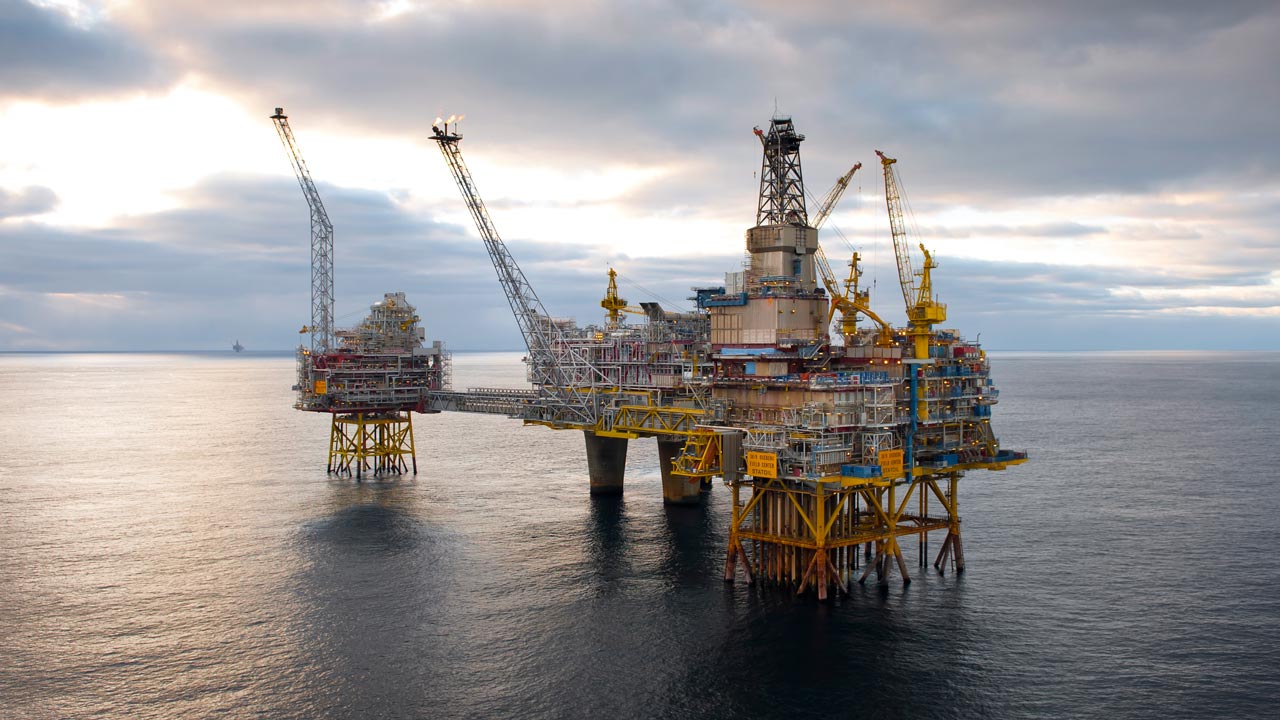According to the Nigerian government, the nation can now extract crude oil from more than 246 fields, and runs 188 platforms and production stations.
Since Shell Darcy made the nation’s first commercial oil find in Oloibiri, Bayelsa State, in 1956, Nigeria’s oil-producing fields have been expanding, according to data gathered from the Nigerian Upstream Petroleum Regulatory Commission, an agency of the federal government.
The Nigerian upstream oil and gas landscape has expanded since 1956 with the building and installation of various oil and gas facilities, according to a portion of the NUPRC document, which focused on stability in the oil sector.
“With over 246 producing fields, 2,777 producing strings, 188 production stations/platforms, four gas terminals, five land terminals, 11 FSOs (Floating Storage and Offloading Units), 18 FPSOs (Floating Production Storage and Offloading), and several other facilities at various stages of development, Nigeria is poised to boost production and enhance energy security.”
According to OPEC data, the number of oil rigs in the nation rose from 15 in January to 16 in February, a development that industry participants deemed noteworthy for crude output.
An oil rig is a sizable building equipped with machinery for extracting and refining natural gas and petroleum from subterranean rock formations. Nigeria, a nation abundant in gas and oil, drills for crude oil every day to be exported from both onshore and offshore sources. Since oil accounts for more than 80% of its foreign exchange earnings, the quantity of operational oil drilling rigs around the nation is essential.
Concurrently, the commission stated in the most recent NUPRC report that purposeful safeguarding of oil and gas assets was critical in light of the nation’s ongoing security issues. It stated that the nation’s oil resources are essential to the country’s economy, citizen welfare, and sustainable development.
“Although the actual national production currently averages 1.33 million barrels of oil per day and 256,000 barrels of condensate per day, the national technical production potential currently stands at 2.26 million bpd, while the current OPEC quota is 1.5 million bpd.
“Closing the gap between the actual oil production and the technical potential presents a significant opportunity for Nigeria to unlock additional revenue streams, address the current foreign exchange gap and strengthen her economic resilience.
“Enhanced security for oil and gas infrastructure and transportation facilities is a fundamental component of achieving this goal,” the commission stated





























